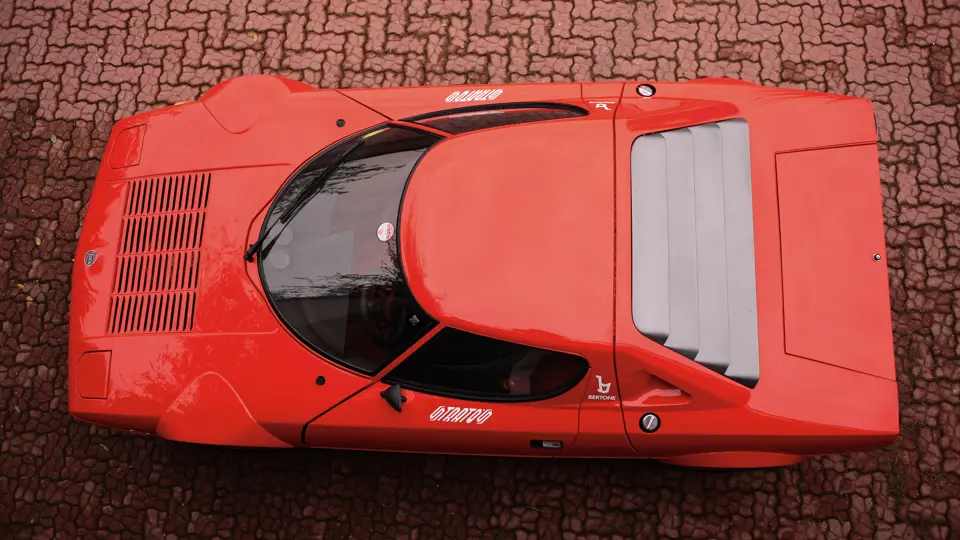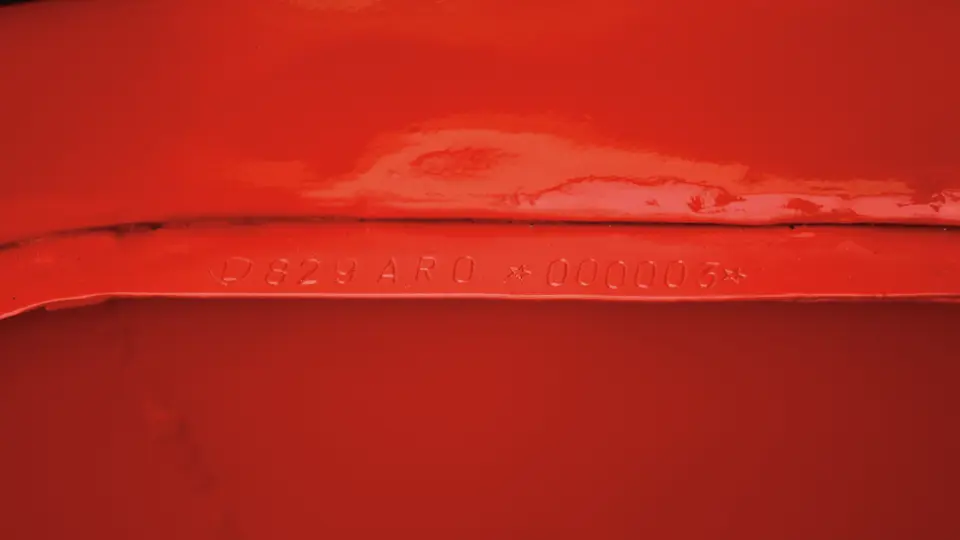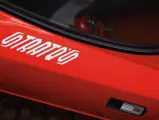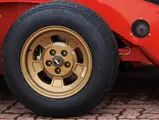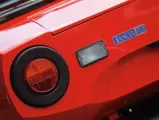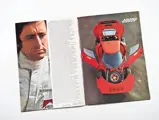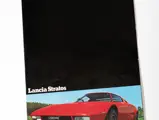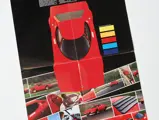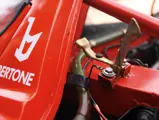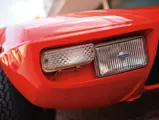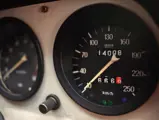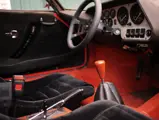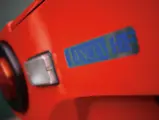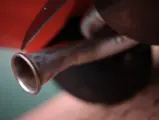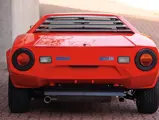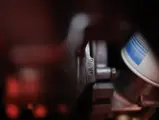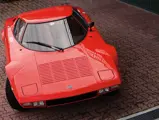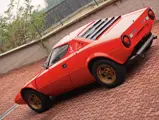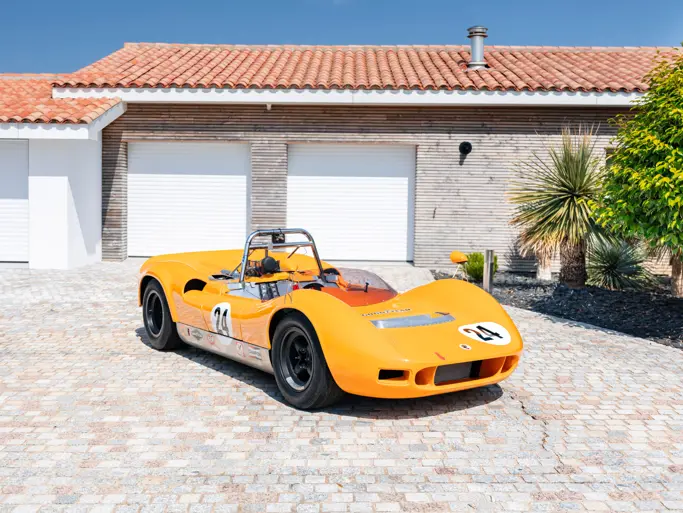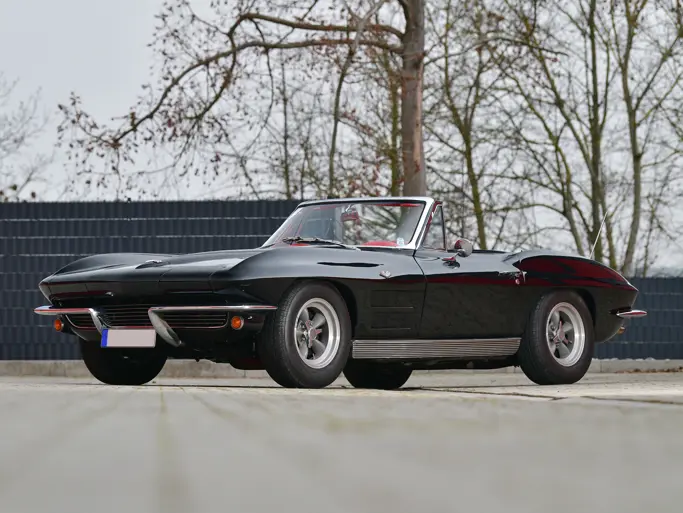192 hp, 2,418 cc V-6 engine with triple Weber carburettors, five-speed manual transmission, four-wheel independent suspension with front coil springs, rear MacPherson struts, and four-wheel disc brakes. Wheelbase: 85.8 in.
• One of the first Stratos ‘Stradales’ built
• Extensive restoration by marque expert in Italy from 2010–2012
The Stratos is said to be many things, among them, one of the most successful rally cars ever built, one of the most valuable Lancias in the classic car market, an example of parts bin engineering, wicked and demanding to drive, and a spaceship for the road. Conceived by Lancia competition boss Cesare Fiorio as a way to jump-start the flagging brand as a new World Rally contender, it débuted as a prototype in 1972.
In late-1974, the factory reported the completion of 200 cars in a 12 month period and was granted homologation for Group 4; it is widely believed that at this point, no more than 140 or so had been built. It was in that year that the Stratos helped Lancia win what was to be the first of three consecutive World Rally Championships in 1974, 1975, and 1976. Although then withdrawn as the works entry, the Stratos would go on winning in private hands up through a triumph in the 1979 Monte Carlo Rally.
This Lancia Stratos is very special indeed. Chassis 0003 was completed on 31st October 1973 and first registered by the Lancia factory. Following the prototypes that competed in rally competition in 1972 and 1973, the run of production cars began in 1974. Therefore, this is believed to be the very first production Lancia Stratos ‘Stradale’ built. It shows a number of variations to the later production, including some interior details. When new, it lacked the roof and tail spoilers fitted to the production models, which were later installed on this car. Finished in its original Rosso Arancio with black upholstery, this car was understood to be utilized extensively in early publicity. It can be seen in numerous factory launch photos and brochures, and it is, in fact, said to be the vehicle shown on the FIA homologation documents for the Stratos, which were issued 1st October 1974. There are believed to have been 492 Stratos built. Most were the competition, or ‘Rally’, specification cars, rather fewer were the ‘Stradale’ or road versions.
The history of this car is well known. Exported to the U.S. in 1979, it passed through the custodianship of four private owners. It was purchased by the present owner in 2007 from a South American collector and is now being offered fresh from a full restoration by Stratos specialist Roberto Cassetta, of Turin, Italy. During the course of this work, chassis 0003 was returned to its correct and original configuration, without the roof and tail spoilers and with proper early wheels fitted. As a street car, the Stratos is surprisingly usable, with excellent forward visibility enabling great accuracy when placing it on the road. There is more than adequate room for luggage in the rear, and there is plenty of elbow room inside, helped by the helmet pockets built into each door. With 190 horsepower and a light weight, a top speed of 140 mph is possible.
Bertone’s styling of the Stratos is a triumph of functional form, and this example is the purest expression of that form. The chance to own a historic example of a landmark automobile does not come along often. It is not hyperbole to say that the sale of Lancia Stratos number 0003 is an unparalleled opportunity for collectors of Italian sporting cars.




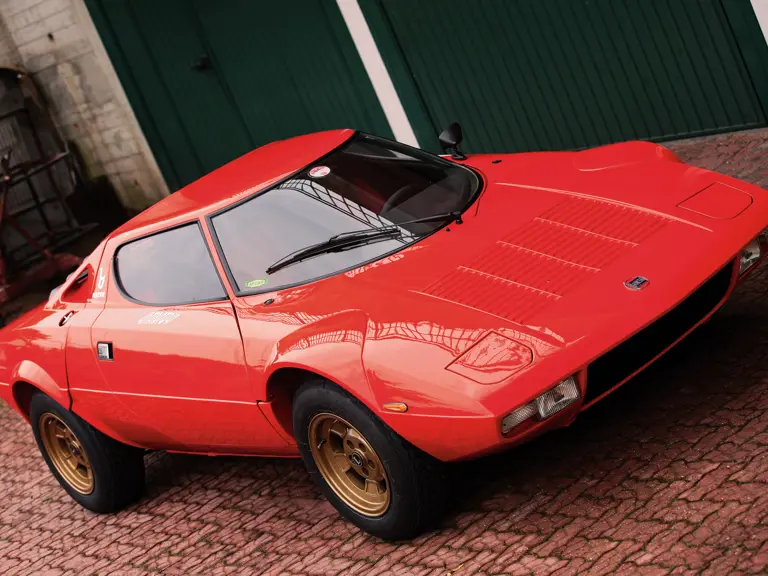
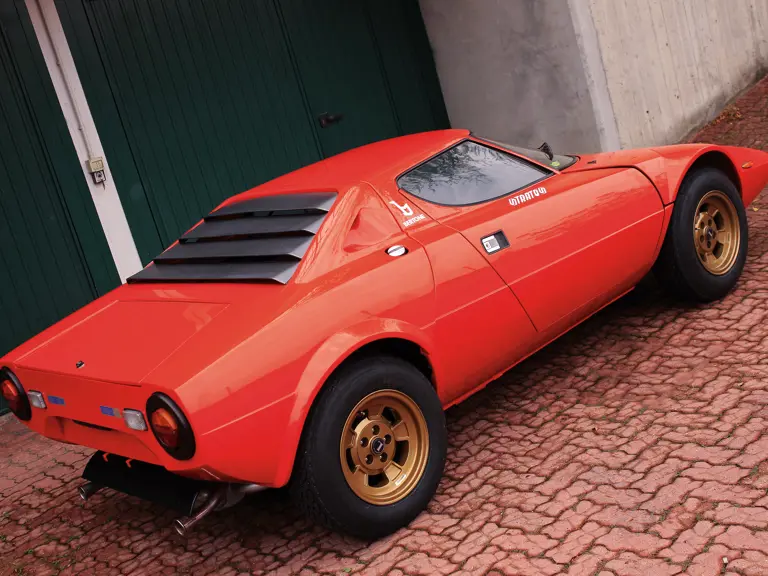
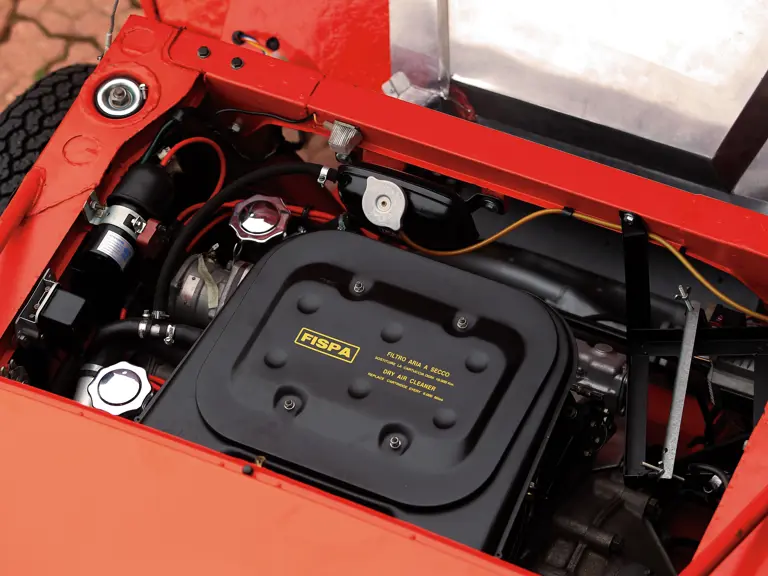
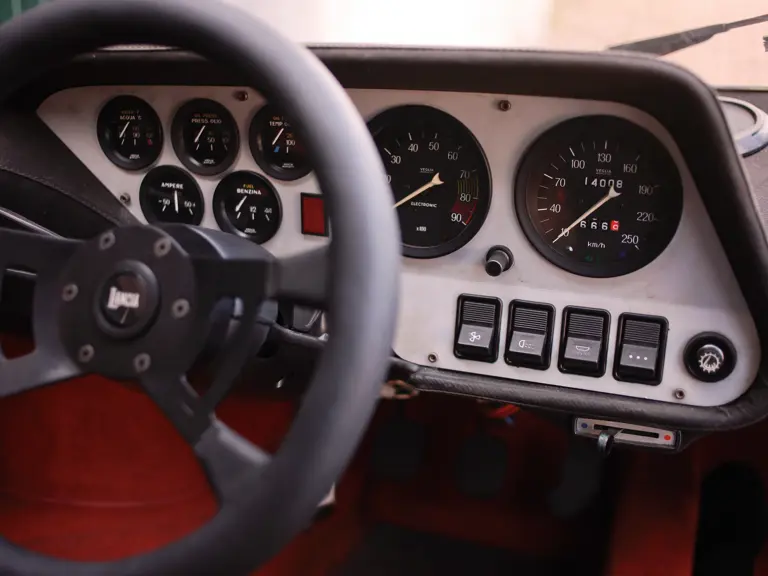
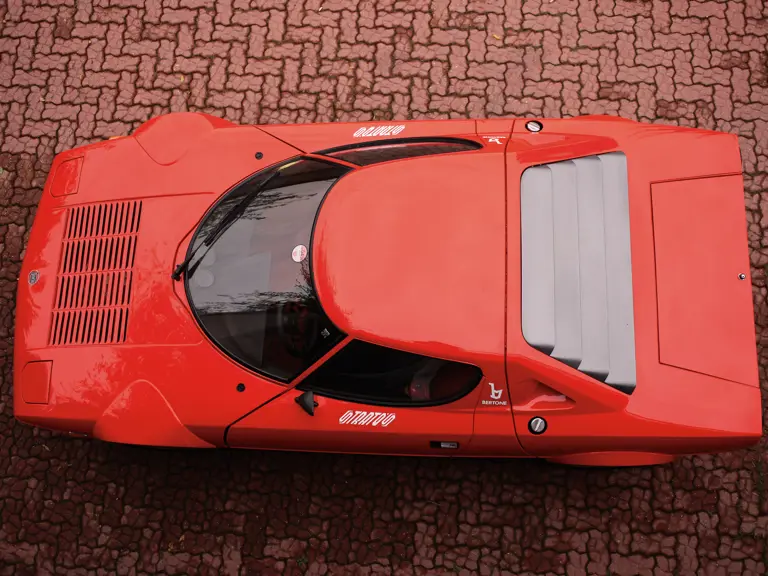
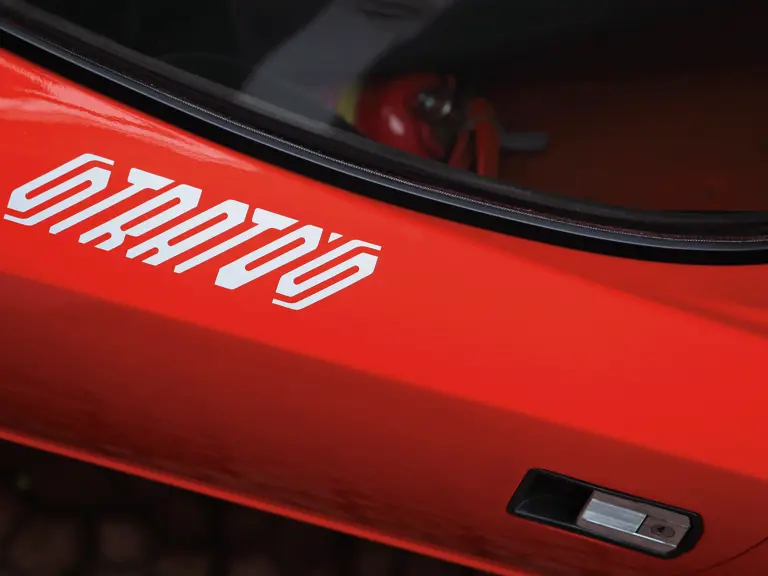
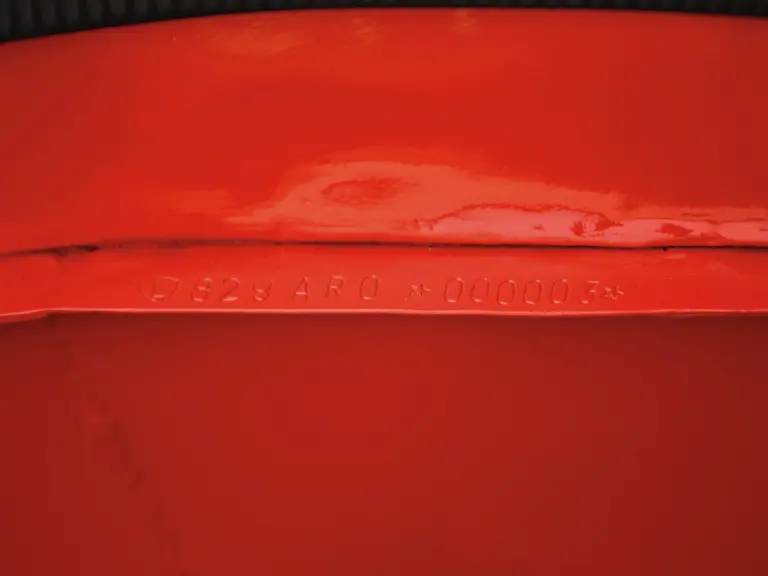
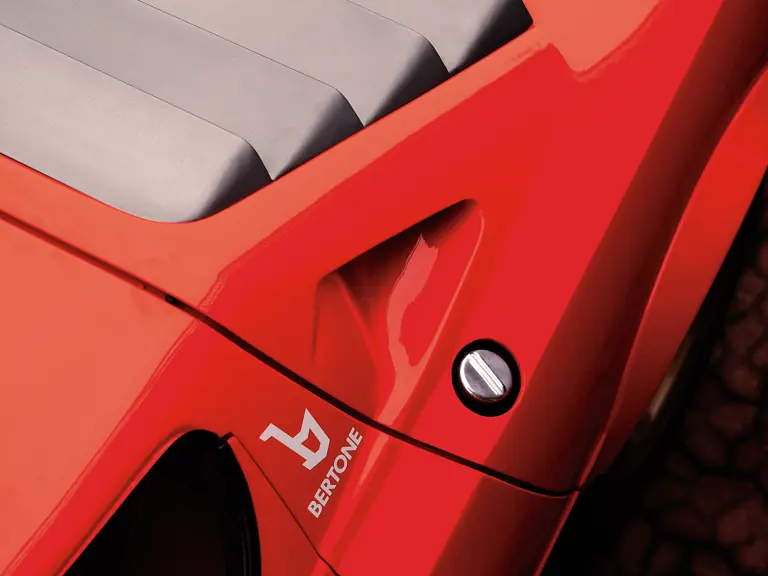
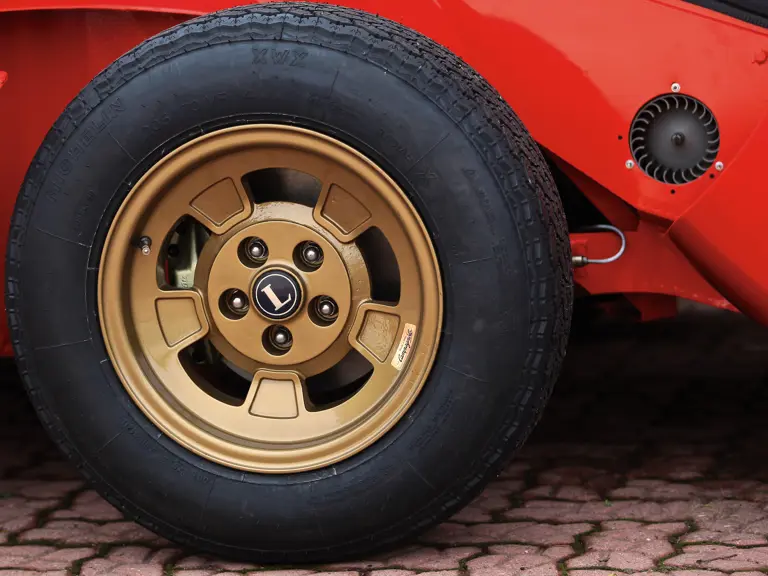
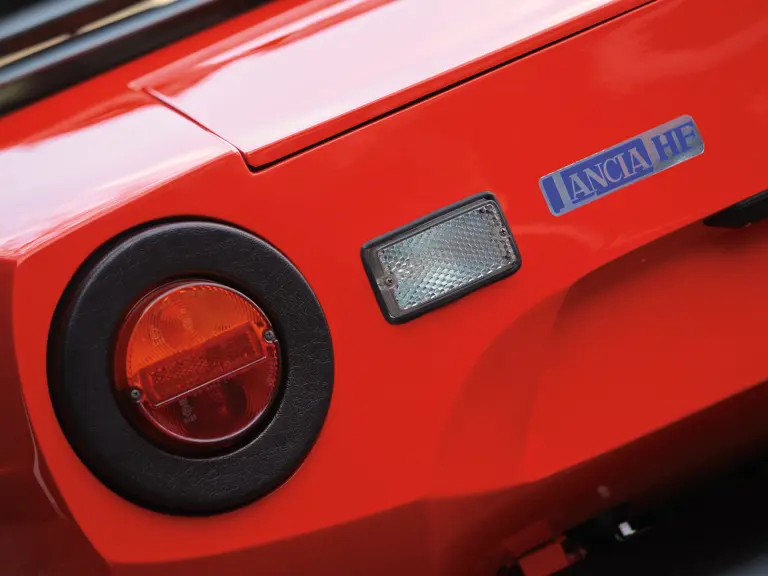

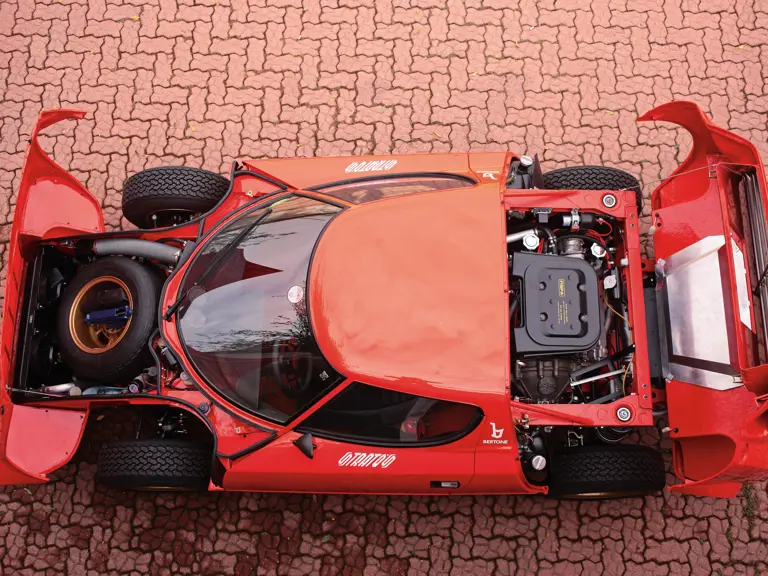
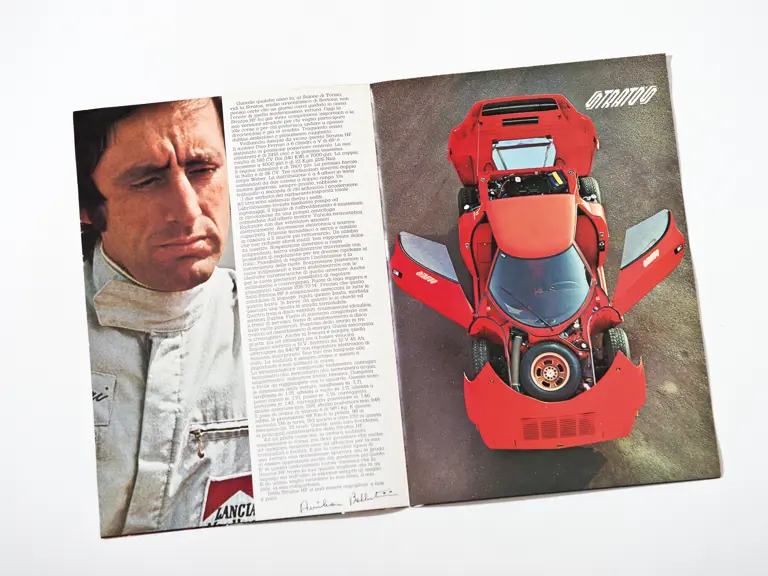
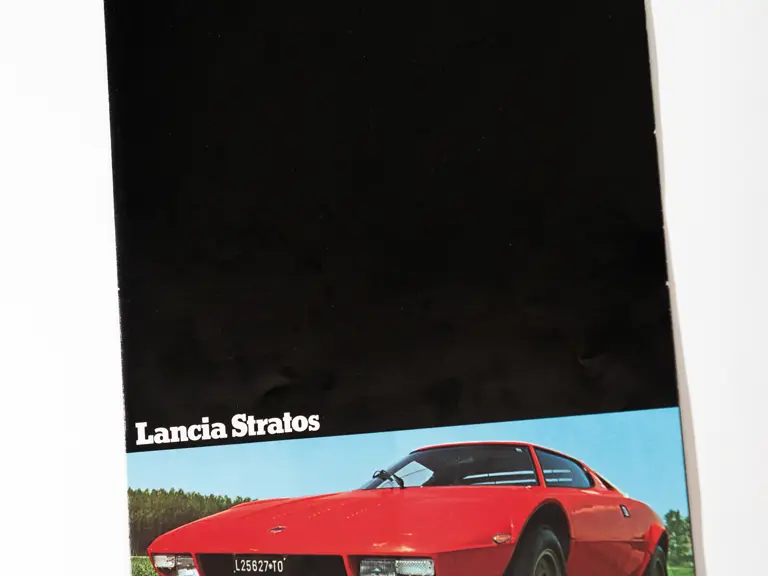
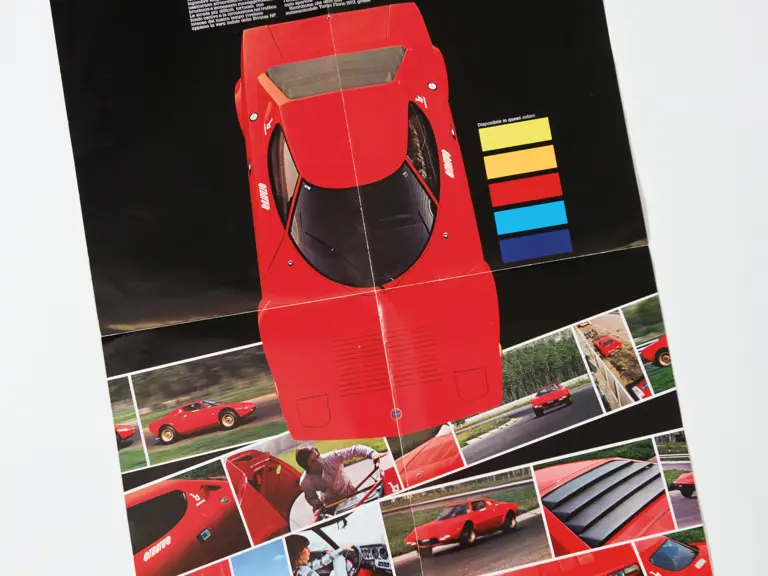
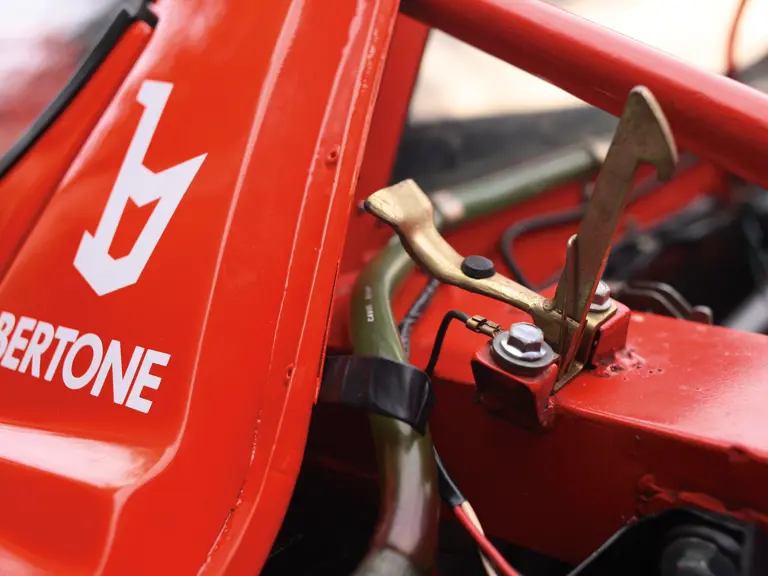
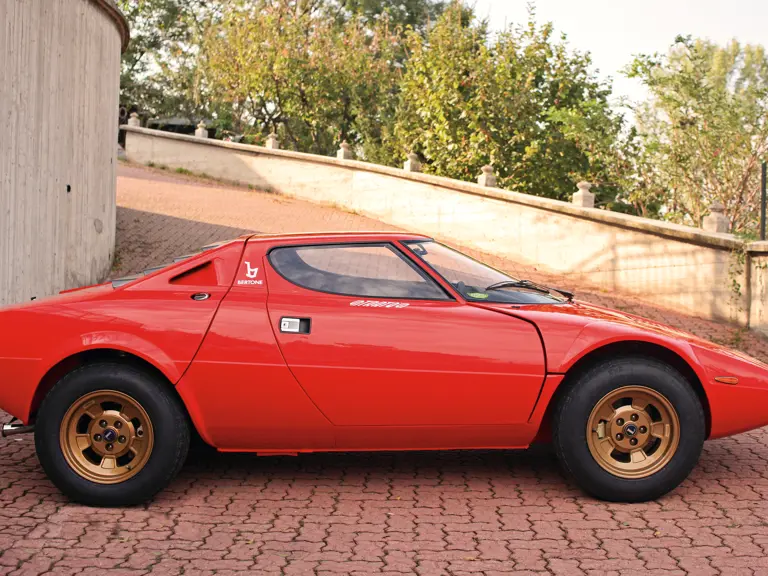
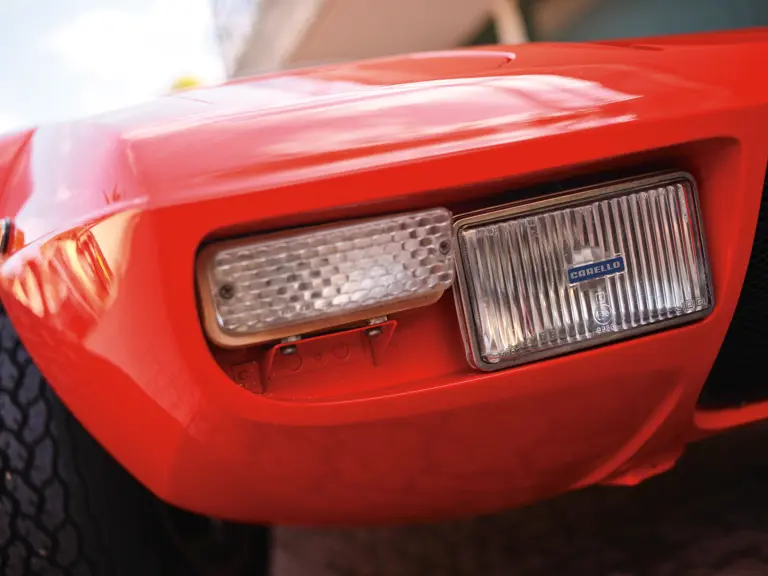

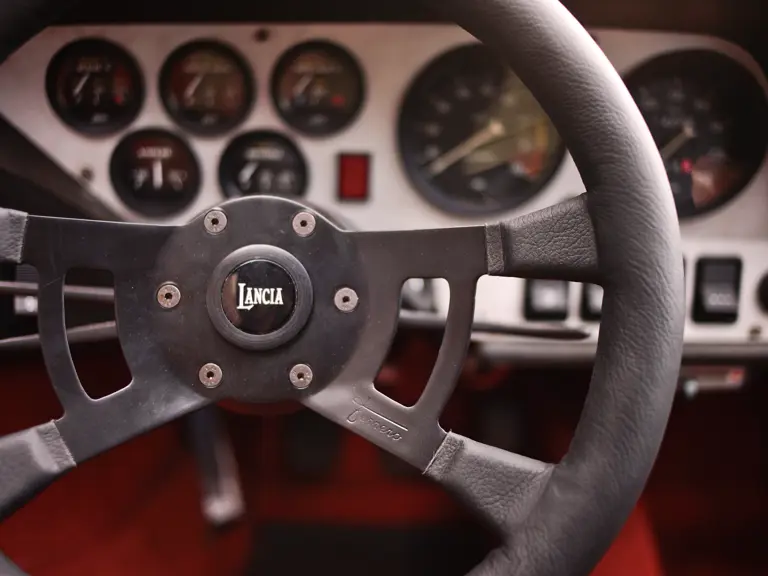

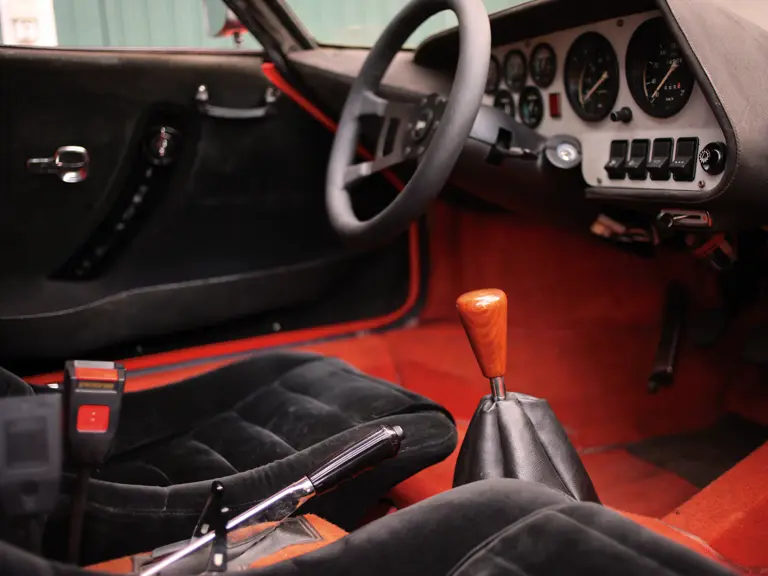
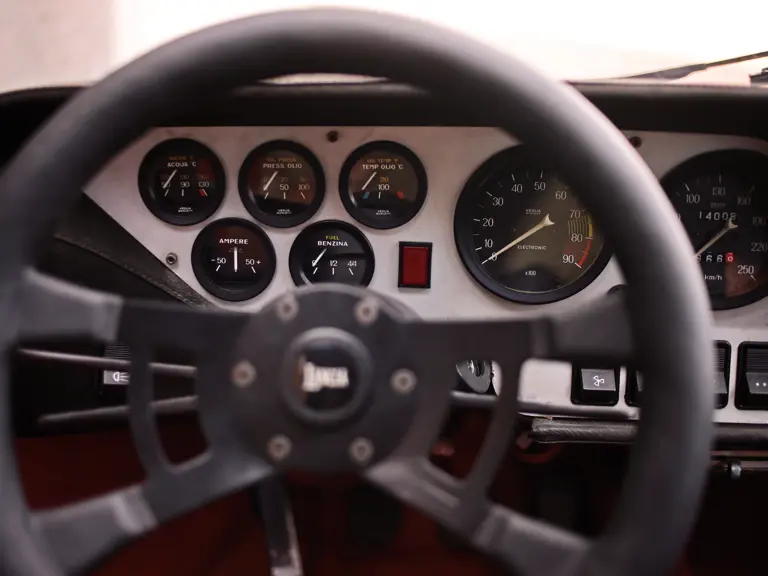
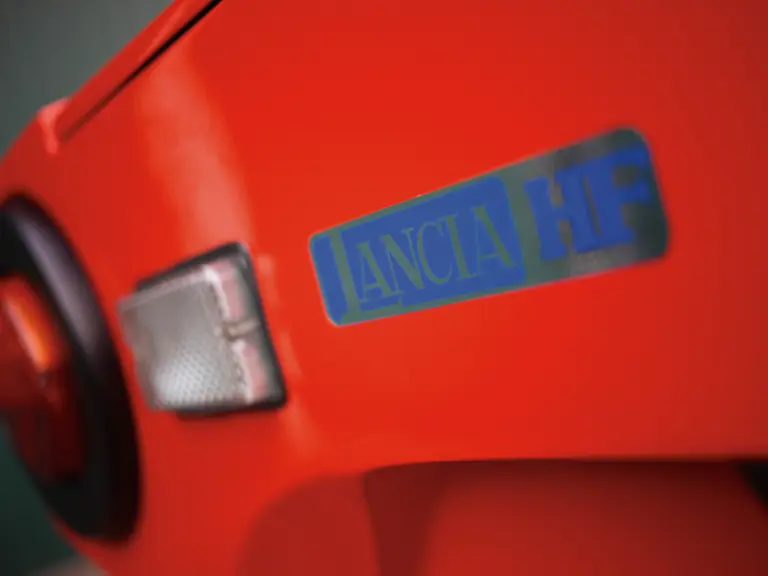
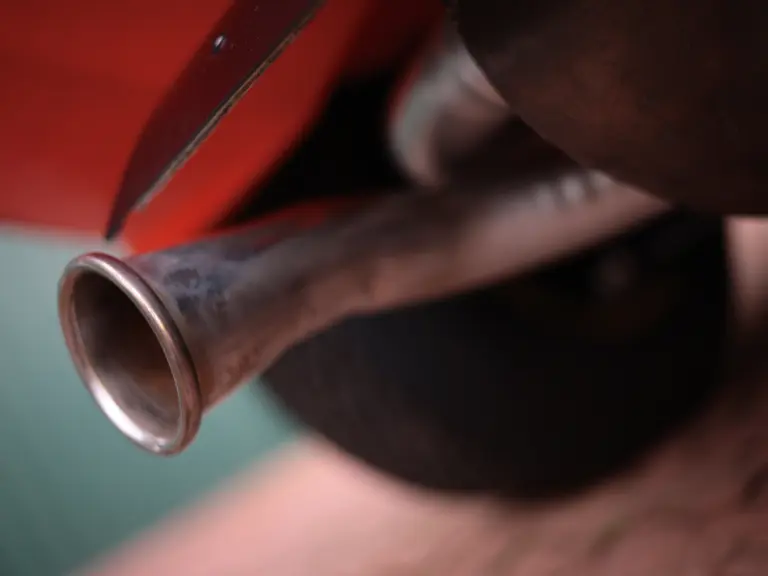
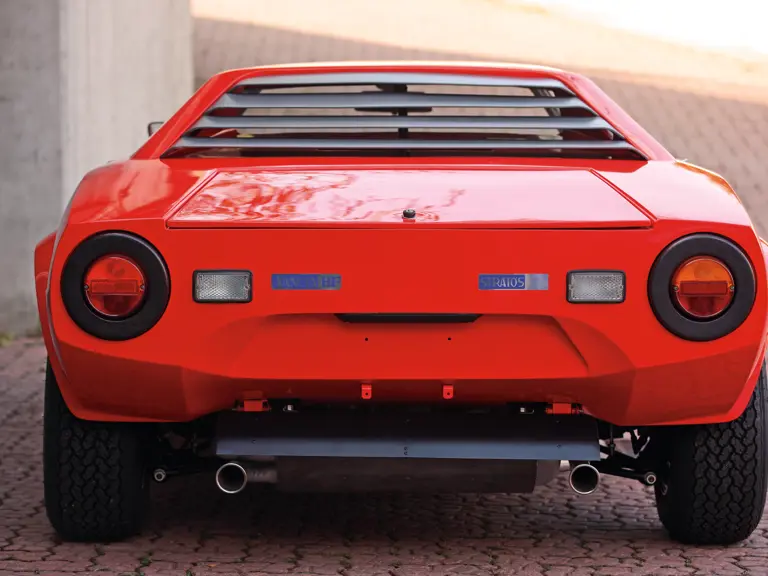
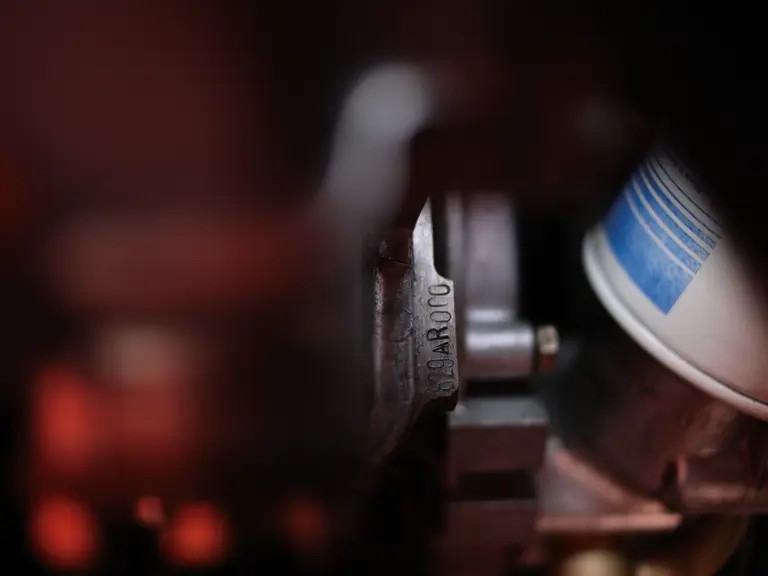

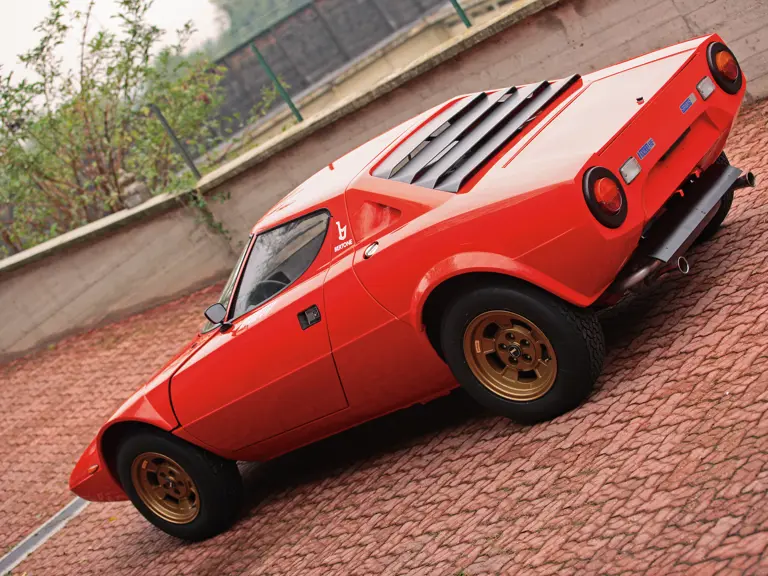
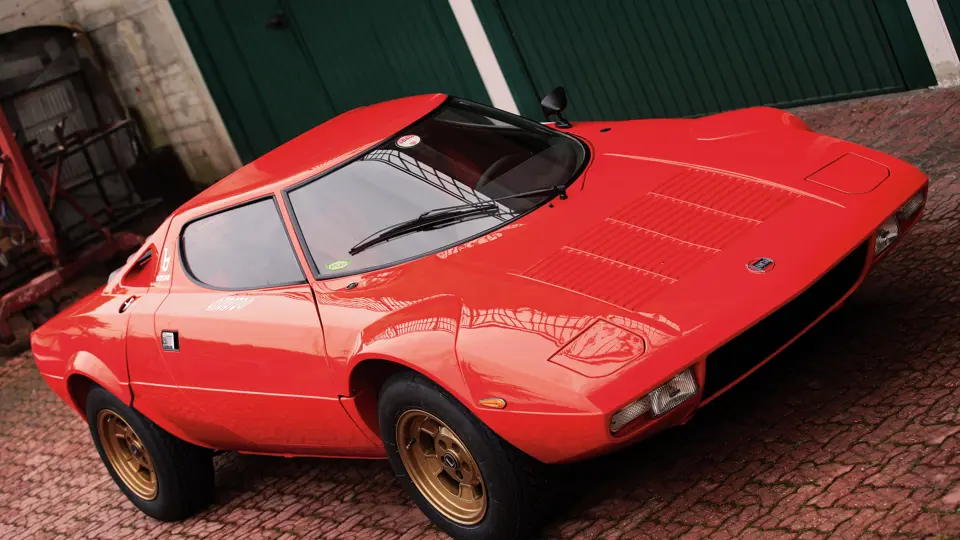
 | London, United Kingdom
| London, United Kingdom
